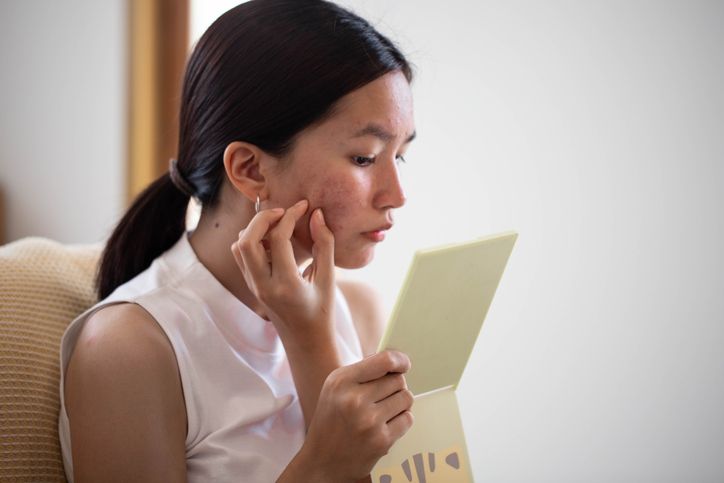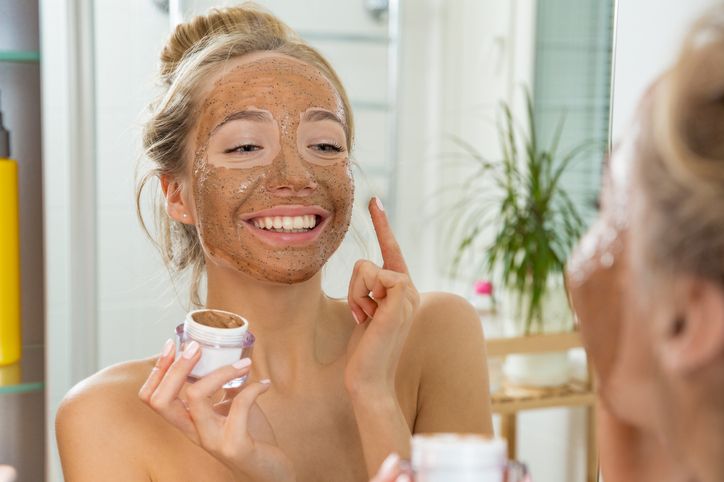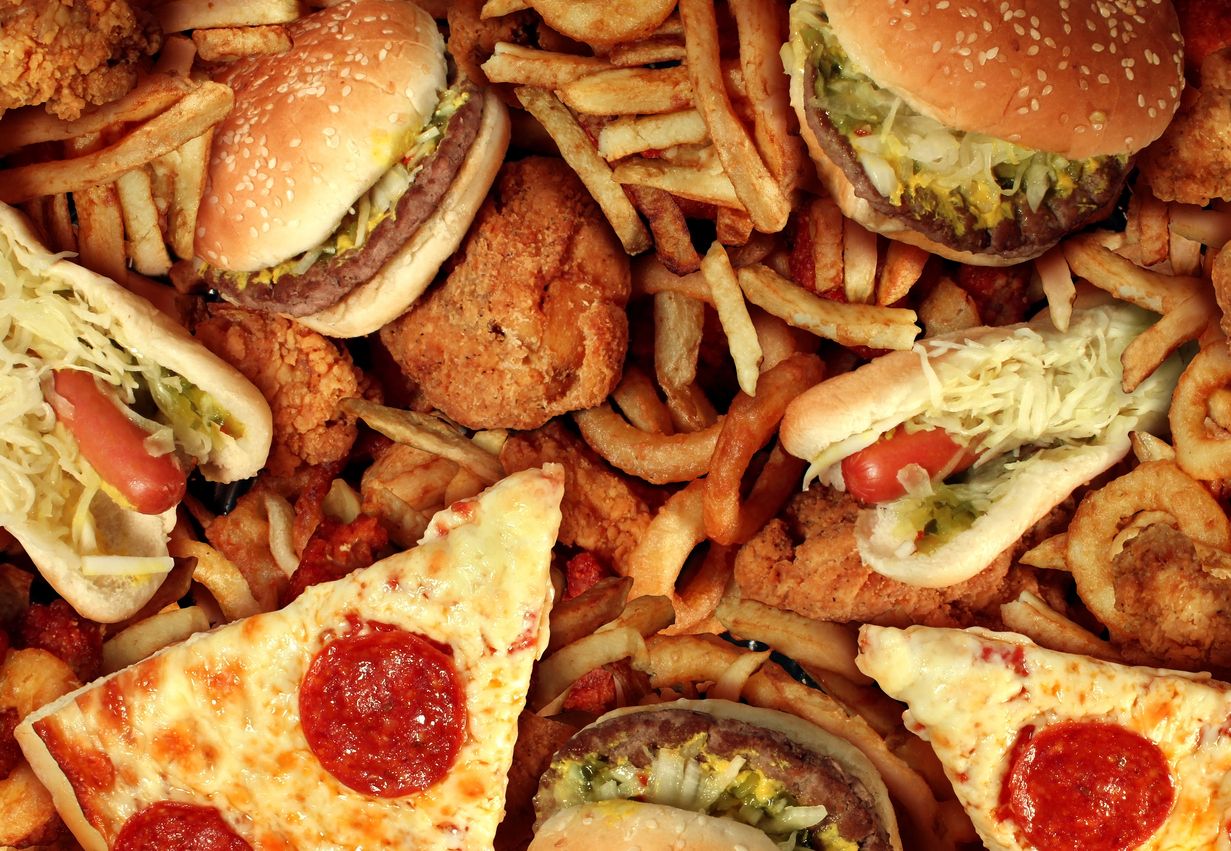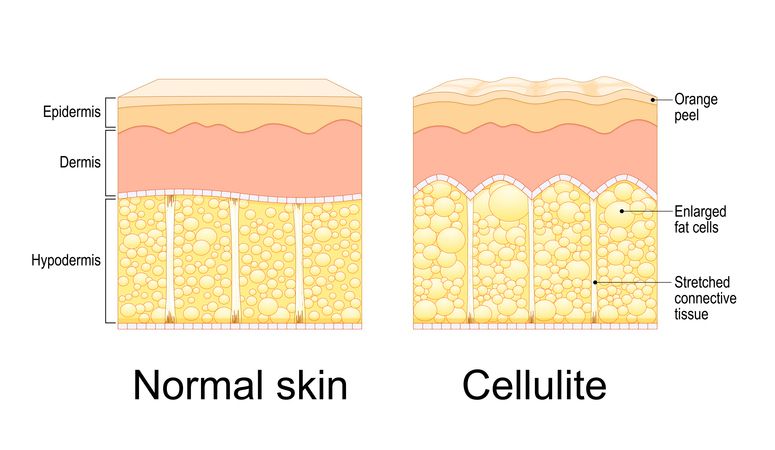Author: Natalie Ng|Updated: 8 May 2025
Pimples that keep coming back usually point to a few common triggers. These include hormonal shifts that affect how much oil your skin makes, leftover product or makeup clogging your pores, daily habits like touching your face or reusing unwashed pillowcases, and what you eat—especially things like dairy or sugary snacks. Stress can also throw your hormones off, which may make acne worse. On top of that, pollution, heat, and sweat can build up around your hair follicles and lead to more breakouts. Treating recurring pimples isn’t just about applying a product and hoping for the best. You’ll need to think about your skin type, how your oil glands behave, and whether your breakouts fall under mild acne or something more serious like severe nodulocystic acne. That’s where different acne treatments come in—like salicylic acid, benzoyl peroxide, or even oral medication if needed. These can help reduce inflammation, clear out clogged pores, and stop dead skin cells from piling up. But not every pimple treatment works the same for everyone, especially if you’re dealing with hormonal acne or adult acne. Keep reading to learn what might be triggering your breakouts—and what you can start doing to get your acne treated properly.

Hormonal Imbalances and Cyclical Breakouts

How hormones trigger acne
Hormonal changes can make your oil glands more active. This leads to excess oil, which mixes with dead skin cells and clogs your pores. Once those clogged pores trap bacteria, it often turns into inflammatory acne. These breakouts may include whiteheads and blackheads, pus filled pimples, or deeper cysts. Hormonal acne often appears around the chin, jawline, or lower cheeks.
When breakouts get worse
Your skin may react differently throughout your cycle. Breakouts tend to happen right before your period starts, during pregnancy, or when you’re under pressure for long periods of time. These changes affect how your skin defends itself. That’s why you may notice acne worse during these times.
Treating hormonal acne
To treat acne triggered by hormones, look at both skincare and internal causes. Topical treatments like salicylic acid or benzoyl peroxide can help clear clogged pores and reduce inflammation. Some may benefit from oral medication, such as oral antibiotics or hormone therapy. For more severe acne, oral isotretinoin might be needed. You can also ask a professional to diagnose acne properly if breakouts are persistent.
If breakouts keep returning in the same areas or follow a cycle, it may point to hormonal acne. Keeping track of these patterns can help you manage symptoms and avoid future breakouts.

Hidden Product Buildup and Clogged Pores
Why leftover products cause breakouts
Skincare products don’t always rinse off cleanly. When layers of sunscreen, foundation, acne creams, or moisturizers pile up on your face, they can block your pores and trap oil, bacteria, and dead skin. This is especially common if you don’t fully remove makeup or if you use multiple products without cleansing properly in between. Over time, this buildup can worsen acne, particularly on acne prone skin.
Even products meant to help—like topical treatments or spot treatments—can cause problems if they’re not applied to clean skin. If your pores are already clogged, layering more product over the area may only lead to more severe acne or inflammatory acne.
How to check for product residue
To test for leftover buildup, gently wipe your skin with a cotton pad after cleansing. If it comes away dirty or oily, your skin hasn’t been fully cleaned. You might also notice dull areas, whiteheads and blackheads, or small bumps where oil glands are blocked. This often happens near the hairline, nose, and chin—spots where products tend to collect and stay trapped.
Even if breakouts haven’t started yet, early signs like rough texture or reduced absorption of new products suggest your pores may already be congested. Ignoring this can lead to acne breakouts, including mild acne or more moderate acne over time.
How to prevent clogged pores
Using a gentle cleanser that suits your skin type is important. You also need to exfoliate regularly to help with removing dead skin cells and keep your pores clear. Products that contain salicylic acid or azelaic acid can break down buildup and prevent future clogged pores. Avoid thick, pore-blocking makeup or heavy moisturizers unless they’re labeled non-comedogenic.
To treat acne caused by buildup, topical retinoids or benzoyl peroxide may be used to reduce inflammation and fight acne-causing bacteria. If your breakouts are stubborn, a dermatologist may suggest other treatments like topical antibiotics or oral medication.
Book Now to Experience
Acne Treatment
1 Minute Self-Registration
Date should not be before minimal date

Daily Habits That Trigger Recurring Acne

How everyday actions lead to breakouts
Small, repeated actions throughout the day can make acne worse without you realizing it. Touching your face transfers bacteria and oil from your hands directly into your pores. Using unwashed pillowcases, dirty makeup brushes, or holding your phone against your skin spreads more bacteria, dead skin cells, and product residue—all of which can clog pores and lead to acne breakouts.
These habits are especially harmful if you already have acne prone skin or if your skin barrier is weakened from using harsh cleansers or scrubs. Popping pimples can also worsen acne by pushing bacteria deeper into your skin, increasing the risk of acne scars and skin discoloration.
Common triggers to look out for
• Face touching: Leaning on your hands, picking at bumps, or rubbing your face
• Dirty fabric contact: Pillowcases, towels, or face masks that aren't washed often
• Contaminated tools: Makeup brushes or sponges not cleaned weekly
• Phone screens: Holding your phone against your cheek or chin without wiping it clean
• Sweat and hair products: Oils from your scalp or styling products can drip onto your face, clogging pores—especially near the hairline
Even washing your face too often can backfire. Over-cleansing strips your skin’s natural oils and causes your oil producing glands to overcompensate, creating more excess oil, which can worsen acne.
What you can do differently
Stick to clean habits. Wash fabrics that touch your face often, avoid touching your face during the day, and cleanse your skin with warm water and a gentle cleanser—especially after sweating. If you wear makeup, remove it fully before bed and avoid using expired products. Consider acne creams or topical medications that are non-comedogenic and lightweight if you're treating ongoing breakouts.

The Impact of Diet on Persistent Pimples

How food affects your skin
What you eat can influence how your skin behaves—especially if you have acne prone skin. Certain foods can trigger inflammation, lead to excess oil, and make acne worse over time. While diet alone doesn’t completely prevent acne, poor eating habits can increase your chances of developing acne, especially if you’re already dealing with mild acne or moderate acne.
Sugar and acne breakouts
High-sugar foods raise your blood sugar quickly. This triggers a rise in insulin and insulin-like growth factor 1 (IGF-1), which can increase oil production in your skin. More oil means more chances for clogged pores, whiteheads and blackheads, and pus filled pimples. If your acne gets worse after eating sweets or processed snacks, sugar may be playing a bigger role than you think.
Try replacing high-glycemic foods—like white bread, pastries, and soda—with options like oats, lentils, or leafy vegetables. These help keep your insulin levels steady, which can reduce inflammation and the risk of acne breakouts.
Dairy’s link to hormonal acne
Some people notice that dairy triggers breakouts, especially on the chin and jawline—areas often affected by hormonal acne. Milk, ice cream, and cheese may contain hormones that influence your body’s oil production and cause more severe acne. This can lead to clogged pores, skin redness, and recurring pimples.
If you suspect dairy is affecting your skin, try removing it for a few weeks and see if your breakouts improve. For some, cutting back can help reduce inflammation and improve how well acne treatments work.
Processed foods and acne
Processed foods often contain ingredients that may trigger acne. These include refined sugars, additives, and unhealthy fats. They can affect your hormone levels and increase your skin’s oil production. While eating a bag of chips once in a while won’t cause acne by itself, a steady diet high in processed foods may contribute to more persistent breakouts.
Instead of focusing on strict restrictions, aim for balance. Prioritize whole foods like vegetables, fruits, lean proteins, and whole grains to support healthy skin. Making small changes in your diet can support your acne treatment and help reduce future breakouts.

Stress and Sleep-Related Skin Issues
How stress affects your skin
When you're under stress, your body produces more cortisol. This hormone triggers your oil glands to release more sebum, which can clog pores and lead to acne breakouts. Stress also increases inflammation in the body, which can make existing acne worse. If you notice more breakouts during busy or emotionally intense periods, stress may be a key factor.
Some people also pick at their skin when they’re anxious, which can turn minor pimples into more severe acne or even leave behind acne scars.
Poor sleep and acne
Your skin repairs itself while you sleep. Without enough rest, this process slows down. That means inflamed skin takes longer to heal, and you may be more prone to recurring pimples. Sleep deprivation can also throw off your hormone levels, which affects oil production and may lead to developing acne in new areas.
Irregular sleep patterns—like staying up too late or getting poor-quality rest—can make it harder for acne medications and topical treatments to work effectively. This can leave you dealing with persistent acne breakouts despite following a good skincare routine.
Breaking the cycle
If you want to treat acne linked to stress and sleep, try setting a regular sleep schedule and limiting your screen time at night. Even simple changes, like sleeping on a clean pillowcase and going to bed at the same time each night, can help reduce inflammation and support healthier skin.
Consistent rest and lower stress levels won’t replace acne medications, but they can make treatments more effective and reduce the risk of future breakouts—especially if you’re already using topical retinoids or oral antibiotics.
Book Now to Experience
Acne Treatment
1 Minute Self-Registration
Date should not be before minimal date

Daily Exposure That Can Trigger Acne
How your surroundings lead to breakouts
Every day, your skin is exposed to more than you might think. Pollution, sweat, humidity, and dust can settle on your face without you noticing. These particles can mix with excess oil and dead skin, blocking your pores and leading to acne breakouts. If your skin already leans oily or sensitive, this buildup can trigger more severe acne over time.
Wearing masks, headbands, or helmets for long periods adds another layer of heat and moisture. This creates the perfect setup for bacteria to grow—especially around the mouth, cheeks, and forehead. You may notice more pustular acne or small breakouts in areas where the skin stays covered.
What might be irritating your skin
You don’t need to live in a heavily polluted city to have your skin react. Even small daily habits can make acne worse:
• Sweat left on the skin after a workout
• Not cleansing properly after a humid day
• Wearing a face mask without washing it
• Using towels or pillowcases that haven’t been cleaned
• Applying strong-scented products or alcohol-heavy toners that dry out the skin
Your pores may start to feel clogged, and your skin might develop a sticky or bumpy texture even before pimples form.
How to reduce these breakouts
Rinse your face with warm water and a gentle cleanser after sweating or spending time outside. Stick to non-comedogenic products—especially if you’re already using acne medications like salicylic acid, topical retinoids, or acne creams. Keep anything that touches your face clean: your hands, your phone screen, your bedsheets.
Even simple changes—like switching to a fragrance-free moisturizer or washing your face after being out—can help reduce inflammation and prevent future breakouts. If acne doesn’t settle down with topical treatments, other treatments such as oral antibiotics or chemical peels may be worth considering.

Pimple Treatment That Clears, Calms, and Restores
How New Beauty’s treatment can make a real difference
If you're constantly fighting acne breakouts caused by daily exposure—like pollution, sweat, or clogged pores—a professional acne treatment can help improve results that skincare alone can’t achieve. While topical treatments such as salicylic acid or benzoyl peroxide help reduce inflammation, they might not go deep enough to clear out the buildup that worsens acne or triggers future breakouts.
That’s where The Acne Treatment comes in.
How the Acne Treatment works
This non-invasive procedure is designed for acne prone skin and targets all the key issues that cause recurring breakouts—clogged pores, excess oil, and dead skin buildup. It starts with dual spiral suction and drainage that clears out impurities from deep within your skin. This process removes dead skin cells, oil, and dirt that block hair follicles and cause whiteheads, blackheads, and pus filled pimples.
Once your pores are cleared, a medical-grade hydrating serum is applied to calm inflamed skin, balance oil production, and support healing. This step reduces oily shine and improves hydration, helping to prevent acne worse in the future.
What it helps with
• Acne vulgaris and other types of acne
• Acne scars and skin discoloration
• Blackheads and whiteheads
• Severe nodulocystic acne and moderate acne
• Enlarged pores, rough texture, and dehydrated skin
• Reducing the need for oral antibiotics or more aggressive acne medications
The Acne Treatment also supports collagen production, which helps improve skin tone and texture over time. It's gentle, painless, and doesn’t require oral medication, injections, or long recovery periods. Most people with mild to more severe acne will benefit from it, especially if other treatments haven't worked well.
Why this treatment works better
Topical creams can only do so much when pores stay congested. By deeply cleansing and hydrating the skin, this treatment improves how well acne creams and topical medications absorb. It also helps calm oil glands, making future breakouts less likely.
Whether you're trying to treat acne or avoid future flare-ups triggered by environmental exposure, this treatment enhances your results and supports clearer, healthier skin.
Ready to take control of your skin? Book your free Acne Treatment trial today and start seeing visible results.Book Now to Experience
Acne Treatment
1 Minute Self-Registration
Date should not be before minimal date
FAQ
1. What is the difference between acne vulgaris and severe nodulocystic acne?
Acne vulgaris is a general term that covers most common acne types, including blackheads, whiteheads, and small pustules. It often affects the face, chest, and back and ranges from mild acne to moderate acne. Severe nodulocystic acne, on the other hand, involves deep, painful cysts and nodules under the skin. It’s more likely to leave acne scars and usually requires stronger acne treatments like oral isotretinoin or prescription topical medications. If you think your breakouts fall into this category, it’s important to get your acne diagnosed by a dermatologist.
2. Can salicylic acid and benzoyl peroxide be used together in a skincare routine?
Yes, but with caution. Salicylic acid helps by removing dead skin cells and clearing clogged pores, while benzoyl peroxide targets acne-causing bacteria and reduces inflammation. Using both can treat acne more effectively, but it may also dry out or irritate acne prone skin if not introduced gradually. To avoid worsening acne or causing skin redness, use them on alternating days or at different times of the day, and always follow with a gentle moisturizer.
3. Is hormonal acne only related to menstrual cycles?
No. Hormonal acne can also be caused by other hormonal changes like pregnancy, menopause, hormone therapy, or certain medical conditions like polycystic ovary syndrome (PCOS). Even stress can affect hormone levels and trigger breakouts. This type of acne usually shows up around the jawline, chin, or lower cheeks and may require treatment with oral medication or other treatments that regulate hormones, such as topical retinoids or oral antibiotics.
4. How do topical retinoids help treat acne?
Topical retinoids work by increasing skin cell turnover and preventing dead skin from clogging pores. This helps reduce whiteheads, blackheads, and future breakouts. They also help fade acne scars and even out skin discoloration over time. While effective, they may initially cause dryness or irritation, so it's best to start with a lower strength and apply them every other night until your skin adjusts. Always use sunscreen during the day, as retinoids can make your skin more sensitive to the sun.
5. Can I completely prevent acne by changing my skincare routine?
A good skincare routine can reduce breakouts and help treat acne, but it may not completely prevent acne—especially if it's influenced by internal factors like hormones or genetics. Using the right products, such as gentle cleansers, non-comedogenic moisturizers, and acne creams with ingredients like azelaic acid or salicylic acid, can help manage symptoms. For more persistent or severe acne, treatments like professional facials, oral medication, or photodynamic therapy may be needed to fully control breakouts.
Recommended Articles
COPYRIGHT© NEW BEAUTY MANAGEMENT LIMITED 2025. ALL RIGHT RESERVED.




